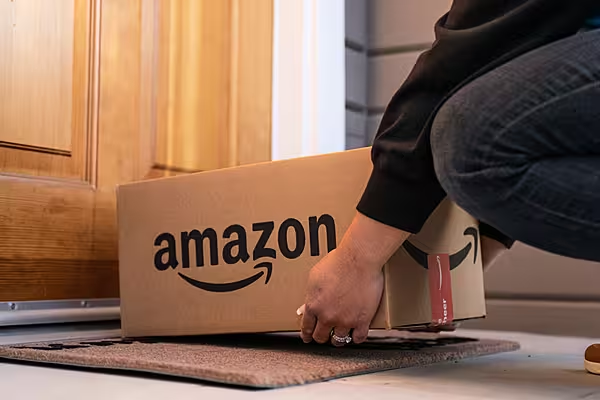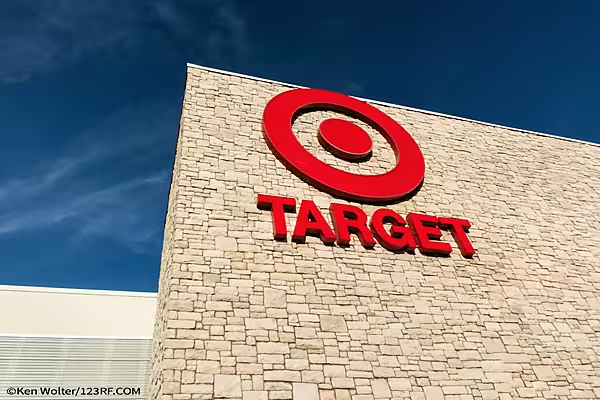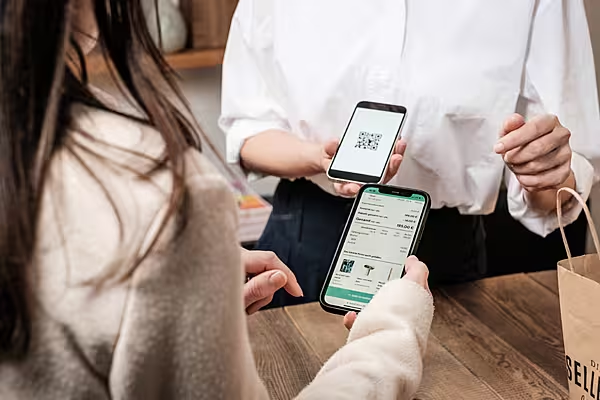Amazon has millennial shoppers nailed down. And their parents. And most of their grandparents.
But one group of potential customers has eluded the world’s biggest Internet retailer.
Teenagers, otherwise known as Generation Z, with their lack of debit and credit cards, their absence of bank accounts and their overwhelming preference for actually putting on clothes and going to physical stores to buy things they could purchase online, pose a big challenge to Amazon.
Amazon’s answer: the internet behemoth is in early discussions with banks including JPMorgan Chase and Capital One to create a product similar to checking accounts, according to people familiar with the matter who requested anonymity.
Amazon aims to tailor the accounts to appeal especially to youngsters and those who own no plastic in their wallets, the people said.
“The sooner you can start collecting information on them, the better prepared you are,” said Tim Barefield, a managing director at the consulting firm Kotter International. “For Amazon, it’s another way to expand their brand. Their brand is reaching out every place that their tentacles can reach out to.”
The move shows Amazon’s recognition that digital accounts for minors potentially lock in lifetime customers before they even leave their parents’ house. Amazon is savvy about its users’ life cycles.
It offers new parents discounts on diapers and baby food. It gives college students discounted Amazon Prime memberships, providing free shipping and access to streaming video so young adults will already be Amazon shoppers when they start making more of their own spending decisions.
Pseudo Card
Since many young people don’t qualify for credit cards, Amazon created a pseudo-debit card called Amazon Cash that lets teenagers drop off money at drugstores such as 7-Eleven and CVS and add it to an Amazon wallet they can use online.
But Amazon has long known the process is clunky and has wanted to take steps to make it easier for customers without bank accounts to shop on its website.
Walmart and American Express offer accounts called Bluebird that have made inroads with teens.
Amazon, led by billionaire Jeff Bezos, is trying to stay on top even as it had revenue of $178 billion last year, a 31% jump from 2016 and an almost 2,500% increase from 2004, when many of these potential new customers were born.
Service Charges
Children under the age of 18 typically aren’t able to sign up for a bank account without parental consent. Checking accounts for high school students often come with monthly service charges and overdraft fees.
So there’s a chance for Amazon to improve the banking experience, said Stuart Sopp, chief executive officer of Current, a startup that offers debit cards to teens.
“I’m sure Amazon is scaring the hell out of every single regional bank and credit union right now,” Sopp said. “The banks have very clearly not serviced these demographics, so there’s opportunity.”
If Amazon could deliver a better banking experience for digitally savvy youngsters who are used to getting what they want with a few swipes or clicks, they might have banking customers for a long time, said Eric Marks, a senior director at the financial consultancy West Monroe Partners.
Amazon might also entice teens with its personal assistant Alexa. Such devices are popular among teens looking for a convenient way to pay, said Gavin Rosenberg, a senior director at the payments processor Total System Services.
“The younger generations are less concerned about privacy, so they’re more apt to use them,” Rosenberg said.
Adults, Too
The marketing opportunity doesn’t end with teenagers. The e-commerce giant could also end up persuading people to close their existing bank accounts and open a new one with Amazon, according to a Cornerstone Advisors study published in January. It would also be a chance for a bank to partner with the online gargantuan.
“Right now, banks might not be offering exactly what millennials want or need,” said Marielle Schurig, a financial adviser at UBS Groupwho works with high-net-worth millennials.
“A lot of monthly statements don’t offer insights or tools to manage your records or analyse your spending to budget or save for the future” - something Amazon might provide.
Even with as much as a $10 monthly fee, 27% of young millennials polled said they would open an additional checking account with Amazon. One-tenth said they would close their existing account and go with Amazon.
“This is music to Amazon’s ears,” Cornerstone said in its report. “Why would they want to offer a free checking account when they can bundle the services of various providers on their platform - merchants and financial services providers - and charge a fee for it. A fee that consumers are willing to pay.”
News by Bloomberg, edited by ESM. Click subscribe to sign up to ESM: The European Supermarket Magazine














